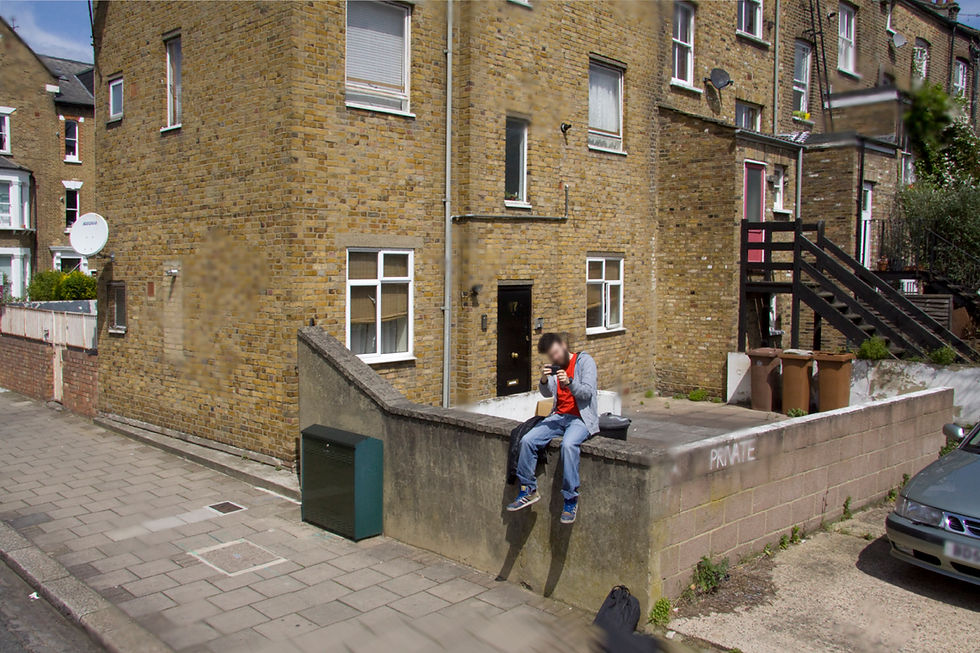SUBURBAN SCENES












Most of the people familiar with computers and the Internet in Western countries are by now used to notion of Google Street View. However, when the service was first launched in the UK, back in 2009 it raised considerable levels of controversy around the issues of privacy, ntimacy and the use of public and private space and the interference between the two. Ever since then, there has been a large group of artists that have taken on these issues through different techniques, although the majority of them have a shared starting point: the appropriation of those same images taken by Google. Daniel Mayrit’s approach is, however, radically different. The series Suburban Scenes does not make use of any images already hosted on the web. Here the artist has rather constructed a new series of carefully staged tableaux, photographed in a way that feels familiar to the viewer and somehow resembles the characteristic look of Google Street View.
Mayrit replicates some of the features used by Google, such as the blurred faces to protect people’s identities or the lens aberrations typical of the Google cameras. Another key element is the elevated point of view, raised above the ground to an unexpected height, which in a first glance relates to an angle close to that of security and surveillance cameras but which in a deeper second reading could also be related to more painterly concerns, involving issues around the use of linear perspective, already explored by Western landscape masters such as Claude, Poussin or Patinir.
On an additional level, all of the photographs have been taken in the London borough of Tottenham, featuring residents of the same neighbourhood. Such a choice answers to the second aim of the project, which appears as a constant in Mayrit’s work: to show the inefficiency of the photographic medium when it comes to represent a given subject. Suburban Scenes plays with the preconceptions relating to the infamous neighbourhood, which are often forged in people’s minds only through second hand sources, mainly mainstream media. The images challenge not only the stereotypes presented in such media, but also the way in which the spectator takes them in, according to his own knowledge, cliches, experience and context. Ultimately the series speaks about the cliches that the photographer himself holds towards the mentioned place. In this way, the use of the tableau brings the images closer not only to obvious referents such as Jeff Wall, but to a much broader tradition, that of Bruegel or Millet, by means of combining the pictorical and the vernacular within the same composition while giving to both the same status.